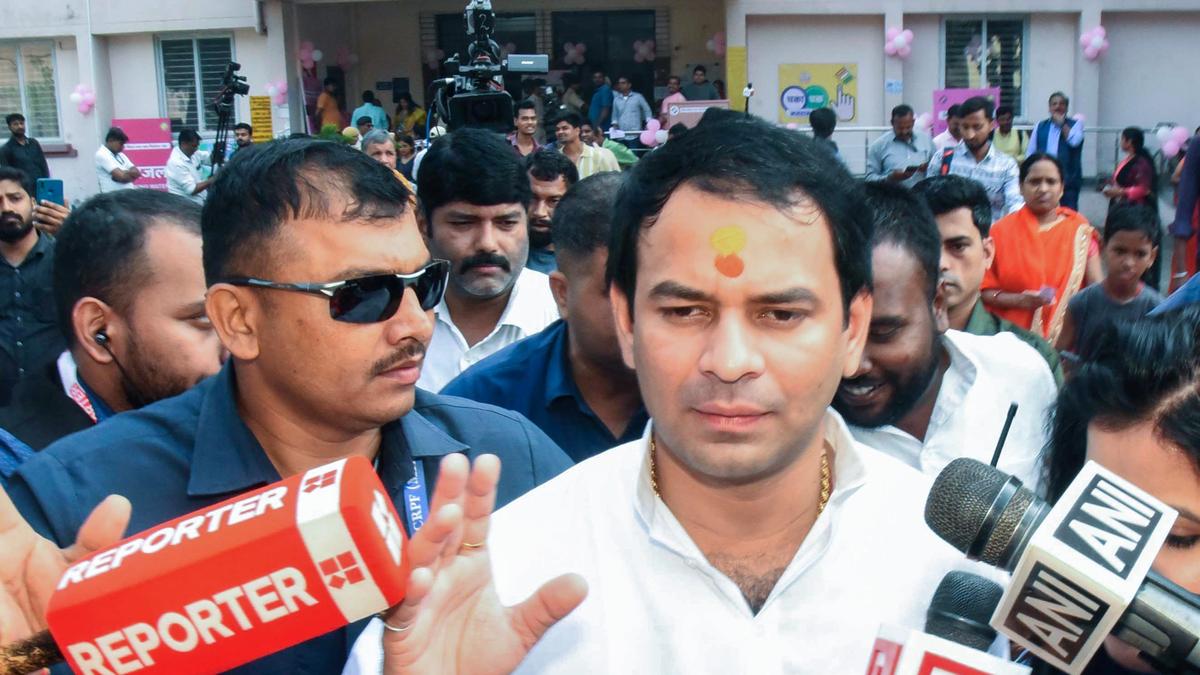The Karnataka government managed to mediate and end the nine-day farmers’ protest in the northern districts by announcing an additional ₹100 in the fair and remunerative price (FRP) for sugarcane, which now stands at ₹3,300, including ₹50 each to be contributed by the State government and sugar mills. However, given the ownership pattern of sugar mills in the State, with many being owned by powerful families from across the political spectrum, and the prevailing Central laws, the truce looks fragile.
The order on the revised FRP was issued after over several rounds of discussions with farmers, and the Chief Minister’s meeting with farmers and mill representatives. The farmers had demanded ₹3,500 per tonne apart from cutting and transportation charges.
The challenge before the State government now is to make the factories pay the mandated price of ₹3,250 per tonne for a sugar recovery rate of 10.25% across the State. The Centre had fixed FRP of ₹3,400 per tonne last year, and the factories paid between ₹2,700 and ₹2,900 per tonne, apart from cutting and transport charges.
Reluctance to pay
Government sources say that some factory owners, including the Nirani brothers — Murugesh Nirani, former Minister and BJP leader, and Hanumant Nirani, MLC — strongly opposed the Chief Minister’s suggestion. They argued that a ₹50 increase in the base price meant a loss of ₹100 crore and that their conglomerate would not be able to absorb it.
In Karnataka, of the total 81 sugar mills, one is in the public sector and 11 in the cooperative sector. The rest are in the private sector. The Nirani family alone controls around 20 factories in north and south Karnataka. Most of the privately owned/ managed sugar mills are with highly influential political families, either associated with the Congress or the BJP and in some cases both, which has historically prevented governments from taking tough decisions.
The 2025 FRP order issued by the Centre considers a basic sugar recovery of 10.25%, up from the 2024 FRP order that fixed 9.5% as the basic recovery rate. The 2025 order asks factories to pay ₹34.6 extra, for every one percent increase in recovery. Factories can deduct a similar amount in case of lower recoveries.
Recovery is a complex issue and depends on the variety of the crop, the time of harvesting, and use of efficient machinery in the factories. Another former Minister and BJP leader Ramesh Jarkiholi, whose family owns or manages a few sugar factories, said that the average recovery in Karnataka is only 10.5%, while the average recovery in Maharashtra is between 11% and 12%. “Only factories that get higher recovery of sugar can pay higher prices, which we cannot,’’ he said. His brother Satish Jarkiholi is a Minister in the Siddaramaiah-led Congress government.
What laws regulate
The guiding laws are another issue. “The sugar mill owners reminded the State government that most laws regulating sugar and sugarcane were Central Acts. The policies and executive orders controlling export of sugar and byproducts, and ethanol blending were issued and modified by the Centre, they said. A factory owner from Belagavi said that his two units had multi-State licences and were regulated by the Central Sugar Ministry and not the State government,” a senior officer and member of the Karnataka Agricultural Price Commission said.
This subtly indicated the owners’ stance on the State government’s role in handling sugarcane protest by pointing out at its limited jurisdiction. “Most millers were reluctant to follow the government’s instructions on higher prices,” admitted an official.

 2 hours ago
5
2 hours ago
5









 English (US) ·
English (US) ·